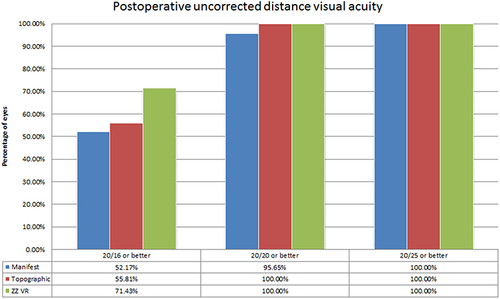Figures & data
Figure 1 (A) Schematic diagram illustrating the astigmatic components. (B–D) Simulated effects of the (B) manifest, (C) topographic and (D) Zhang & Zheng vector-refraction (ZZ VR) strategies for treating cylindrical aberrations in refractive surgery. (B) Double correction of the cylinder contribution of higher-order aberration after using the manifest cylindrical strategy. (C) Non-correction of the cylinder contribution of the posterior corneal surface and lens after using the topographic cylindrical strategy. (D) Correction of all four parts of subjective cylindrical refraction after using the ZZ VR strategy.
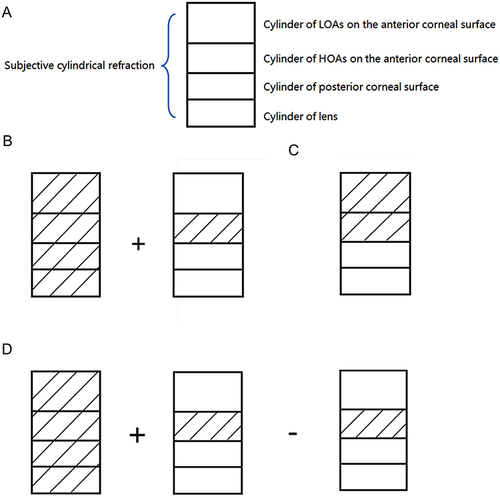
Figure 2 (A) Initial page of a corneal topography-guided surgery, following the input of general patient data. (B) Zernike value, generated based on corneal topography and in accordance with the OSA standard. (C) Entry of the corresponding Zernike value and manifest refraction into the Zhang & Zheng vector-compensation refraction calculator. (D) Output section, indicating the target diopter and the primary vector components following application of the Zhang & Zheng vector-compensation method.
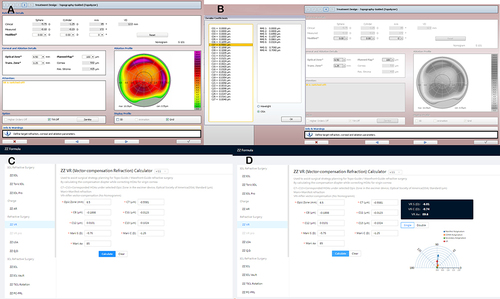
Table 1 Baseline Characteristics of the Study Subjects
Table 2 Residual Cylinder Analysis 6 Months After Surgery
Figure 3 Scatter plot showing absolute residual astigmatism in the manifest, topographic and ZZ VR groups.
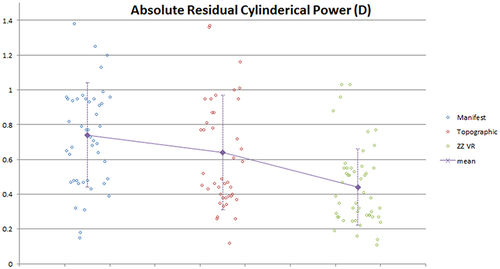
Figure 4 Scatter plot showing the residual astigmatism as a vector in the (A) manifest group (B) topographic group, and (C) ZZ VR group.
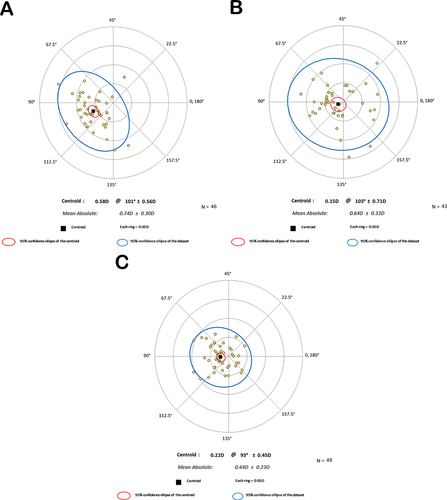
Figure 6 Histogram showing the distribution of the differences between postoperative uncorrected distance visual acuity and preoperative corrected distance visual acuity.
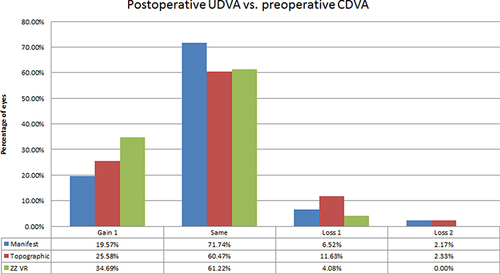
Table 3 Correlations Between High-Order Aberration and Absolute Residual Cylinder

